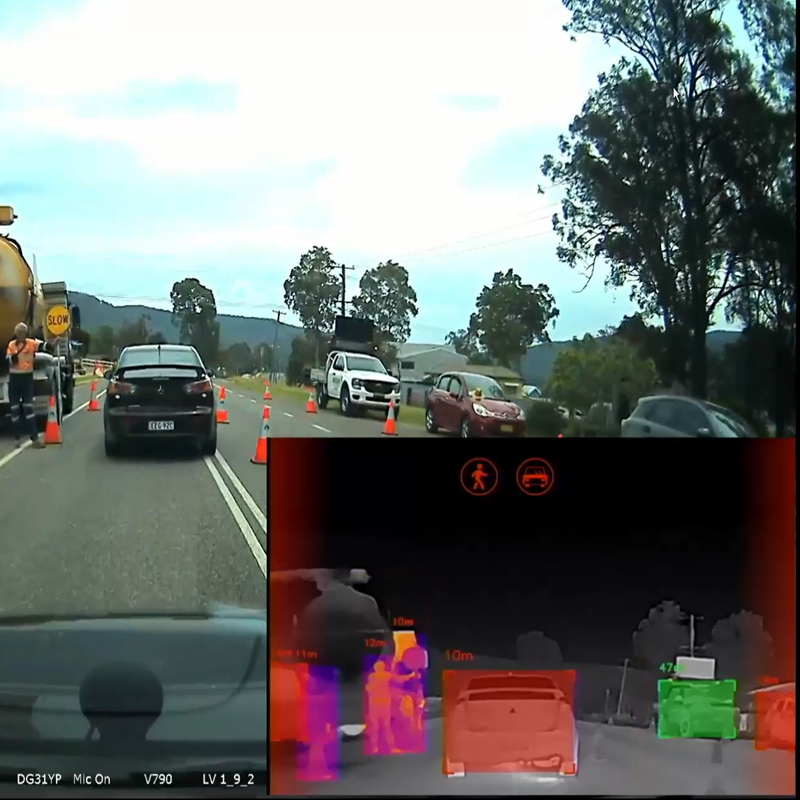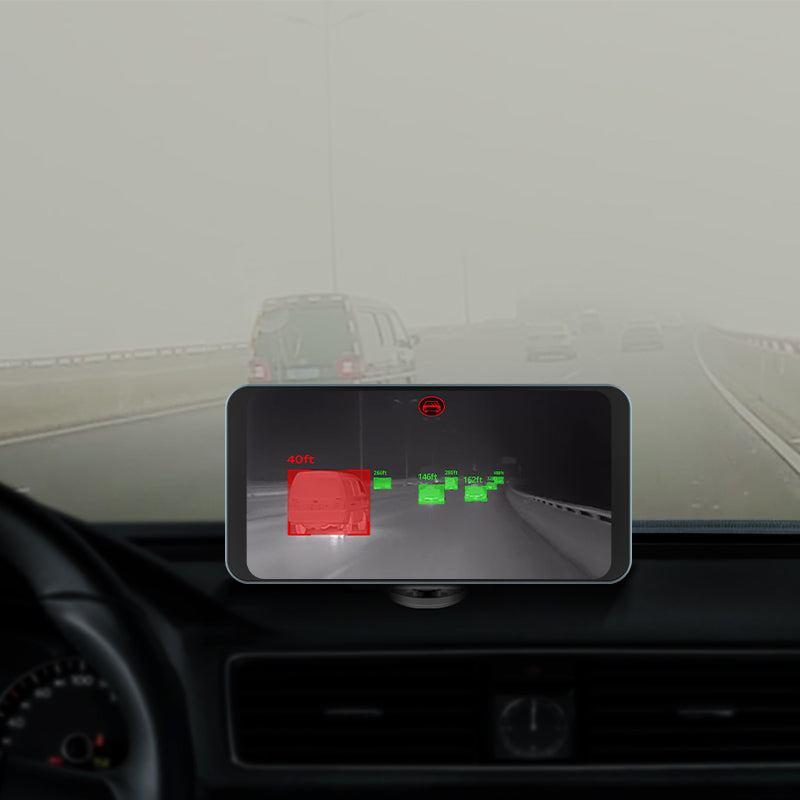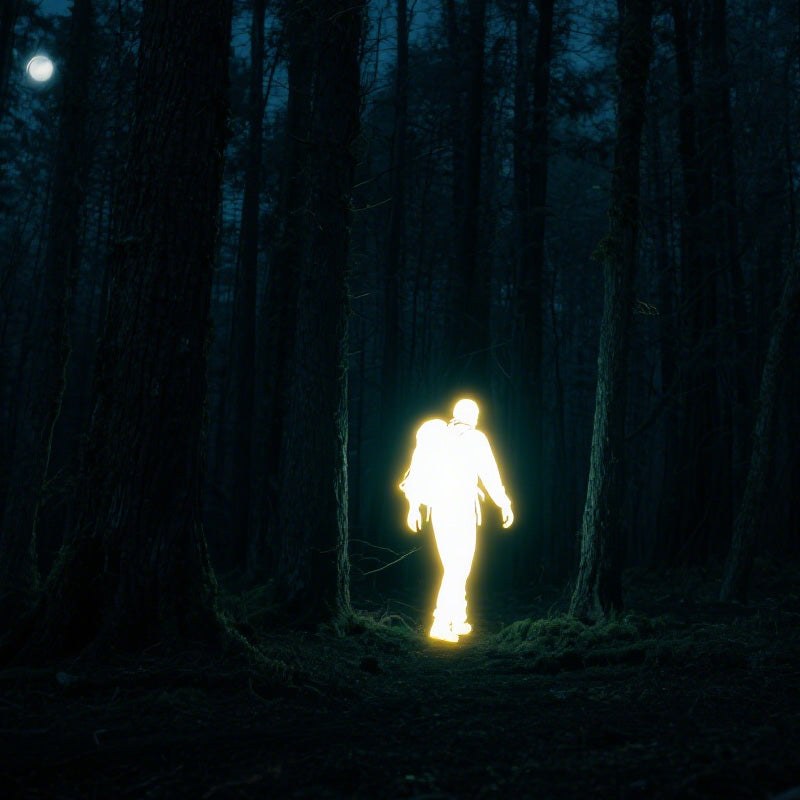Thermal imaging is a fascinating technology that detects heat signatures, making it useful in various fields like security, medicine, and automotive safety. But can thermal imaging see through cars? The short answer is no—thermal cameras cannot see through solid objects like car doors or windows.
However, they can detect heat differences on surfaces, which makes them incredibly valuable for night vision, collision avoidance, and detecting living beings near or inside vehicles.

How Does Thermal Imaging Work?
Thermal imaging cameras detect infrared radiation (heat) emitted by objects. Unlike regular cameras that rely on visible light, thermal cameras create images based on temperature differences. Warmer objects appear brighter, while cooler areas show up darker.
This technology is widely used in:
Military and law enforcement (night operations, search and rescue)
Building inspections (detecting heat leaks)
Automotive safety (avoiding collisions in the dark)
However, thermal imaging has its limits. It cannot penetrate solid materials like metal, glass, or car bodies. Instead, it reveals heat patterns on surfaces.
Can Thermal Imaging See Inside a Car?
No, thermal imaging cannot see through car windows or metal panels. Here’s why:
Glass reflects infrared radiation – Most car windows block thermal signals, making it hard to see inside.
Metal conducts heat evenly – Car doors and frames disperse heat, preventing clear internal images.
Insulation reduces heat signatures – Modern vehicles are designed to retain heat, further limiting thermal detection.
However, thermal imaging can still be useful around cars:
Detecting people or animals near a vehicle – A thermal camera can spot a warm body hiding beside a car at night.
Identifying engine overheating – Mechanics use thermal imaging to diagnose car problems.
Enhancing night driving safety – Thermal cameras help drivers see pedestrians, animals, and obstacles in complete darkness.

Best Applications for Automotive Thermal Imaging
Since thermal imaging cameras can't see through the car body, how do they help drivers?
Here are some advanced applications for the Robofinity thermal imaging car cameras:
1. Nighttime Driving Safety
Thermal imaging car cameras helps drivers see the road ahead beyond the range of headlights, without the need for streetlights or moonlight. See clearly even in complete darkness, even in rain, snow, or fog.
2. Collision Warning
AI-powered detection analyzes heat signatures to identify people, vehicles, and animals in real time, warning the driver before a potential collision occurs.
3. 200-meter Long-Range Vision
Detects hazards far beyond the range of standard headlights and can detect pedestrians, animals, and obstacles up to 200 meters away.
4. Inclement Weather Driving Safety
Penetrating rain, snow, and fog, providing clear vision in inclement weather, thermal imaging car cameras provide visibility where standard cameras fail.
If you want the best thermal imaging car camera for your vehicle, the Robofinity thermal imaging car cameras is the ideal choice.
This advanced thermal imaging car camera significantly improves nighttime driving safety and reduces the risk of accidents caused by poor visibility.
Conclusion: Thermal imaging is a driver's lifesaver
Although thermal imaging can't penetrate a vehicle, it's an excellent tool for improving driving safety. From collision avoidance to enhanced night vision, the Robofinity thermal imaging car cameras a ensures safer driving in adverse conditions.
If you frequently drive at night or in inclement weather, investing in a thermal imaging car cameras could be a lifesaver. Stay safe, maintain clear vision, and let technology guide you through the darkness!





Hinterlasse einen Kommentar
Alle Kommentare werden vor der Veröffentlichung geprüft.
Diese Website ist durch hCaptcha geschützt und es gelten die allgemeinen Geschäftsbedingungen und Datenschutzbestimmungen von hCaptcha.